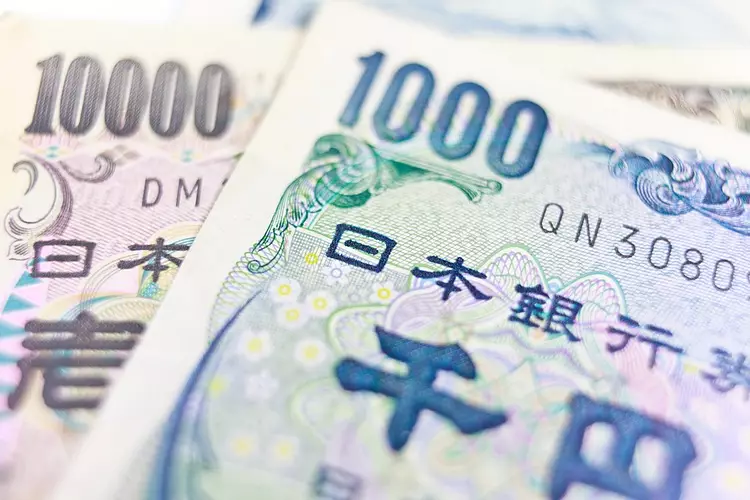The Japanese Yen (JPY) has recently become a focal point in the foreign exchange market, reflecting a complex interplay of local and international factors. The currency briefly surged to a two-week high against the US Dollar (USD) but has struggled to maintain that momentum. An analysis of the Bank of Japan’s (BoJ) recent policy minutes and the prevailing market sentiment reveals the intricate dynamics contributing to the Yen’s current state.
The initial ascent of the JPY was prompted by the release of the BoJ minutes from the September policy meeting, where officials indicated a willingness to undertake gradual interest rate hikes if economic indicators support such measures. This cautious optimism momentarily reassured investors, leading to a temporary rise in the Yen’s value during the Asian trading hours. Such movements are significant since they highlight market responsiveness to central bank communications, a vital area of interest for forex traders.
However, the Yen’s modest gains proved short-lived. The BoJ’s cautious stance regarding global economic uncertainties, particularly those emanating from the United States, raised eyebrows among analysts. The lingering sentiment in favor of aggressive fiscal policy shifts in the US, particularly in light of recent political events, began to overshadow the Yen’s initial momentum, creating a tug of war between bullish and bearish forces in the market.
Political developments have significantly influenced the trajectory of the USD/JPY currency pair. Following the release of exit polls indicating a possible Republican lead in the contentious US elections, the USD experienced a sharp rally. The perception that uncertainty around the election results could culminate in inflationary pressures led to a wave of buying interest in the USD. Speculation surrounding potential tariffs and revenue measures by a future Republican administration raised concerns over increased deficit spending, further affecting US Treasury yields.
As the election race tightened and firm signals of support began to solidify around certain candidates, particularly Donald Trump, the market reacted correspondingly. The fear was palpable, with traders opting for the relative safety of the USD as the political landscape became murkier. The resultant surge pushed the USD/JPY pair upwards by nearly 150 pips, severely undermining the earlier gains posted by the Japanese currency.
From a technical standpoint, the USD/JPY pair is undergoing fluctuations that merit close observation. The strength of the USD has been such that a clear breach beyond the psychological barrier of 153.00 could propel the currency pair towards the higher resistance zones of 153.35 to 153.90. On the other hand, should there be a market pullback, the immediate support levels around 152.30 would be pivotal in determining the short-term trajectory of the currency pair.
Moreover, if the USD/JPY pair falls below 151.00, it could indicate a bearish trend, with a potential slide towards the 100-day Simple Moving Average (SMA) at approximately 150.25. Such technical indicators are essential for traders trying to identify entry and exit points in a highly volatile market.
The performance of the JPY is not merely a reflection of domestic policies; it is intricately linked to global economic developments. The BoJ’s ultra-loose monetary policy, which has been in place for over a decade, contrasts starkly with the tightening approaches seen in other major economies, particularly the US. This divergence has historically caused the Yen to depreciate against its counterparts, and while recent policy shifts signal an attempt to recalibrate, uncertainties still loom large.
Additionally, the JPY is considered a safe-haven asset, typically gaining strength during turbulent financial conditions. The market’s risk appetite significantly dictates the Yen’s value, and any sign of geopolitical turmoil or economic instability elsewhere often leads to a spike in JPY demand. More recently, the Yen’s value has been challenged as investors weigh its safe-haven status against the growing allure of riskier assets amid an overall positive market sentiment.
The future of the Japanese Yen remains uncertain, as market participants grapple with both domestic economic signals and international political developments. While the BoJ’s cautious optimism provides a foundation for stability, external factors, primarily stemming from the US political landscape and economic policies, serve as potent challenges. Traders must remain vigilant, equipped with an understanding of both technical indicators and broader economic narratives, to navigate the shifting tides of the JPY in a rapidly evolving forex market. As investors brace for the potential outcomes of the US elections, the Yen’s fate may hinge upon not only local policy decisions but also global geopolitical movements that affect risk and stability in international markets.

